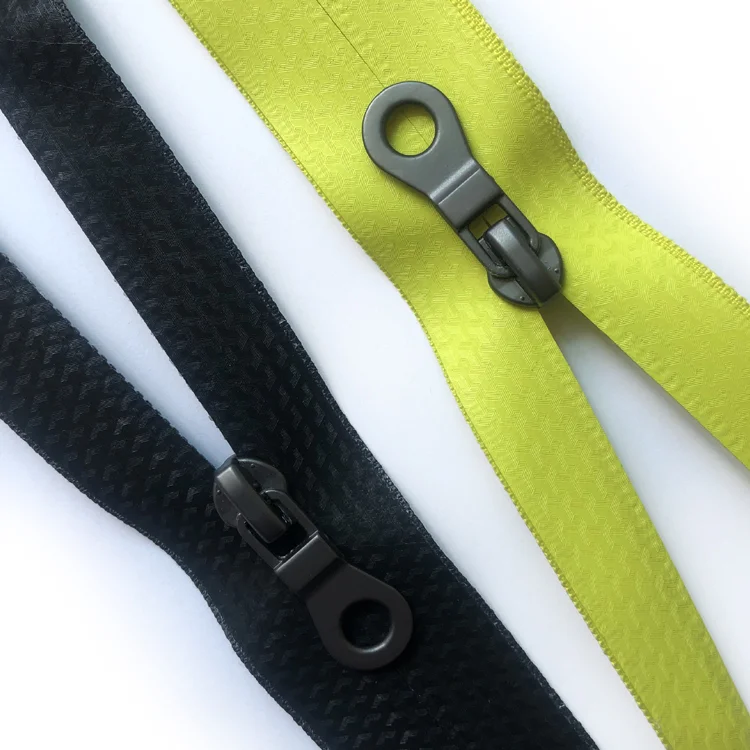The Versatile Applications of 50/50 Solder: A Comprehensive Guide
When it comes to soldering, the choice of solder alloy can significantly influence the quality and durability of the joint. Among the various solder types available, 50/50 solder stands out due to its unique composition and versatile applications. This article delves into what 50/50 solder is, its properties, and the specific applications where it excels, providing a thorough understanding for both professionals and hobbyists alike.
Understanding 50/50 Solder
50/50 solder is an alloy composed of equal parts tin and lead, making it a eutectic solder. This means that it has a specific melting point, which is lower than that of its individual components. The melting point of 50/50 solder is approximately 361°F (183°C), making it relatively easy to work with. The combination of tin and lead provides excellent wetting properties, allowing the solder to flow smoothly and create strong, reliable joints.
Properties of 50/50 Solder
- Melting Point: As mentioned, the eutectic nature of 50/50 solder results in a lower melting point, which is advantageous for delicate components that may be damaged by higher temperatures.
- Wetting Ability: The solder's ability to wet surfaces is crucial for creating strong bonds. The tin-lead composition allows for excellent wetting on various metals, including copper and brass.
- Mechanical Strength: Joints made with 50/50 solder exhibit good mechanical strength, making them suitable for applications where durability is essential.
- Electrical Conductivity: The solder provides excellent electrical conductivity, making it ideal for electronic applications.
- Corrosion Resistance: While not as resistant to corrosion as some modern lead-free solders, 50/50 solder still offers reasonable resistance, particularly in controlled environments.
Applications of 50/50 Solder
- Electronics
One of the most common uses of 50/50 solder is in the electronics industry. It is widely used for soldering components onto printed circuit boards (PCBs) due to its excellent electrical conductivity and reliable joint strength. Despite the growing trend towards lead-free alternatives, 50/50 solder remains popular for certain applications, particularly in older devices or where high reliability is required.
- Plumbing
50/50 solder is also utilized in plumbing applications, especially for joining copper pipes. Its ability to create strong, leak-proof joints makes it a preferred choice among plumbers. However, it is essential to note that local regulations may restrict the use of lead-based solders in plumbing due to health concerns.
- HVAC Systems
In heating, ventilation, and air conditioning (HVAC) systems, 50/50 solder is often used to join copper tubing. The solder's durability and resistance to thermal cycling make it suitable for applications where temperature fluctuations are common.
- Jewelry Making
Jewelry makers often use 50/50 solder for joining metal pieces. Its low melting point allows artisans to work with delicate components without risking damage. The solder can be easily polished and finished, making it an excellent choice for intricate designs.
- Automotive Repair
In automotive applications, 50/50 solder is used for electrical connections and repairs. Its reliability and conductivity are crucial in ensuring that electrical systems function correctly, particularly in older vehicles where lead-based solder may still be present.
Safety Considerations
While 50/50 solder is effective, it is essential to consider safety when working with lead-based materials. Proper ventilation, the use of personal protective equipment (PPE), and adherence to safety guidelines are crucial to minimize exposure to lead. Many professionals are now opting for lead-free alternatives, which, while sometimes less effective in certain applications, offer a safer working environment.
Conclusion
50/50 solder remains a valuable tool in various industries due to its unique properties and versatility. From electronics to plumbing and jewelry making, its applications are diverse and significant. Understanding the characteristics and appropriate uses of 50/50 solder can help professionals and hobbyists alike achieve high-quality results in their projects. As the industry evolves, staying informed about safety practices and alternative materials will ensure that soldering remains a safe and effective process. Whether you are a seasoned expert or a newcomer to soldering, 50/50 solder is a fundamental component worth mastering.

Average Rating